The E30 is one of the most iconic cars of the last three decades and cemented BMW as the perfect choice for a compact, rear-wheel-drive, performance coupe. It offered multiple body styles, engine choices, trim packages, and over 2.4 million were produced between 1982 and 1994. With such a celebrated history, there is little that the E30 has to hide from us. Still, we know this list of fun facts will offer a few surprises to even the most die-hard E30 enthusiast. Here are some things you probably didn’t know about the BMW E30.
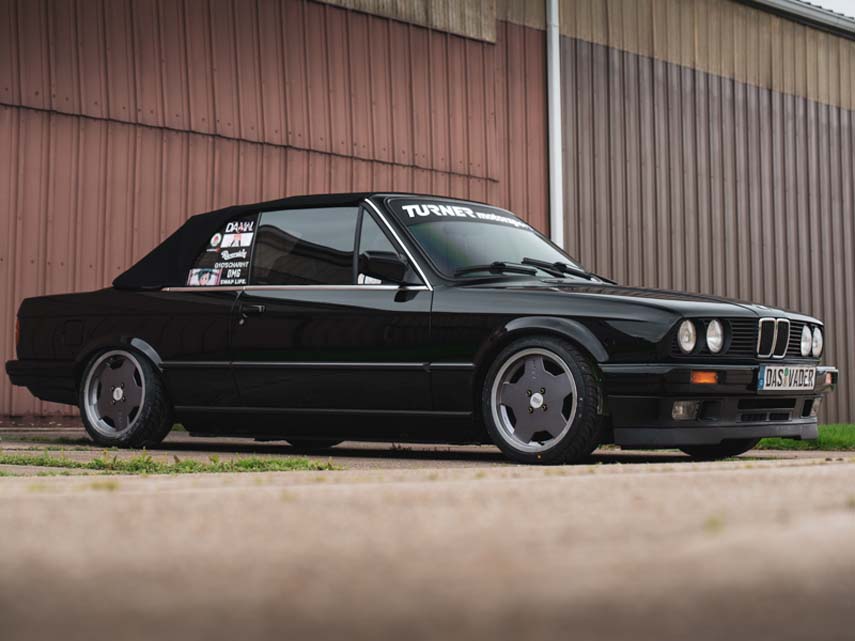
Wheelbase(d) God
The E30 was available in a coupe, sedan, touring, Baur, convertible, and technically was a pickup truck once. What you may not know is that all models share the same wheelbase despite body differences.
God’s Chariot
The E30 M3 is widely regarded as one of the best driver’s cars of all time. Despite its cult-like status and astronomical sales prices lately, this wasn’t always the case. The E30 M3 did not sell well in America as the customers did not understand how the highest trim package had a smaller displacement engine than the 325is it lorded over.
Silver Screen
You may have spotted the E30 in popular culture, as it has been a timeless classic and used to symbolize period-correct transportation. An E30 was featured in Straight Outta Compton, Beverly Hills Cop, Yes Man, The Walking Dead, and Pretty Woman, to name a few.

What in Tarnation?
You may have noticed in the first section that we mentioned a one-off pickup truck E30. It did, and still does exist! A single pickup-converted, E30 non-M, coupe with the M3 S14 4-cylinder was produced by BMW and used as a parts truck at the factory in Bavaria from the late ‘80s until they remade the pickup-M3 as an E92 pickup to carry on the tradition.
Hatchbackery
The E30 Touring, or wagon, was originally never set to be produced in the E30 lineup. However, one of the engineers, Max Reisböck, took his sedan, added a hatchback rear end to it, and shaped the hatch opening so it would fit his daughter’s stroller. The design dimensions were based on that requirement and the E30 Touring went into production during the third facelift version of the E30, after 1987.
(Jack) Baur
The E30, like its E21 and E10 predecessors, received a limited run of Baur editions, which featured fixed-frame canvas top ‘convertible’ layouts designed by the coachbuilder Baur. These are incredibly rare and were only available for European markets during the E30’s first two design phases.
Three Facelifts?
There were actually three versions of the E30 during its run, though most folks are only aware of two. From 1982-1985, there were slight differences in the appearance and trim levels of the E30. The 323i was the highest output of the models. After 1985, the second phase, but still ‘early model’ E30s were introduced, with the 325is replacing the 323i. Finally, in 1987/88, the third version, featuring plastic bumpers, no pop-out window options, and a few other design changes replaced the early model. The plastic bumpers replaced the chrome-trimmed ‘Euro bumpers’ that adorned the cars everywhere but the United States and were fitted to every model for every market, unlike the chrome versions.
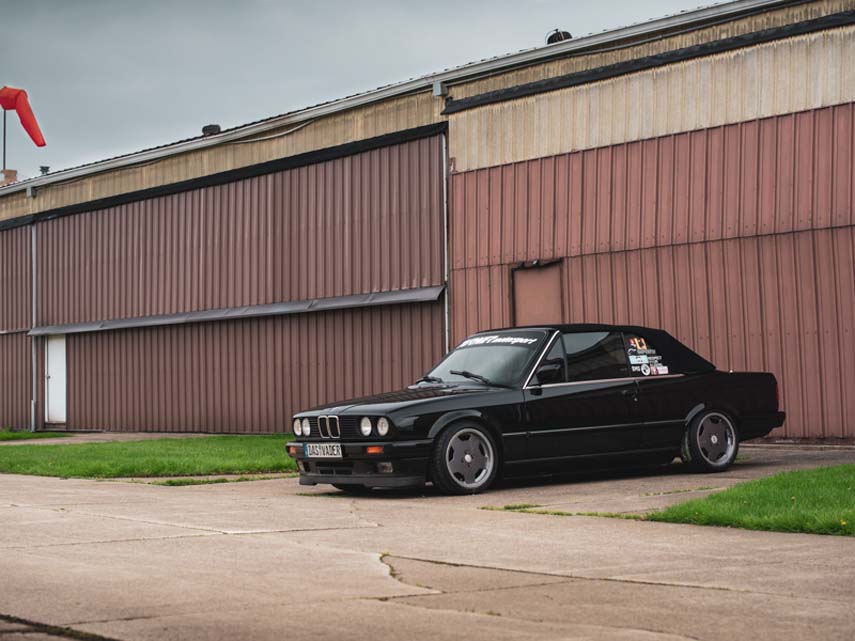
Italian Stallion
Due to restrictions with Italian and Portuguese import laws, the two markets did not receive the E30 M3 in the traditional sense. Instead, the 320i or ‘Italian M3’ as it became known, was a traditional E30 body, without the wide box-fenders, but powered by the S14 M3 engine developed by M GmbH and featured the dogleg 5-speed gearbox from US-spec M3s, but had a different rear end ratio.
Afrikaner
BMW sent a limited number of ‘333i’ E30s to the South African market. This E30 featured the larger M30 engine with a 3.2-liter displacement that was normally found in the E24 633i. These are some of the rarest E30s ever produced and were known for their massive amounts of torque. Only 204 were produced and buyers had to choose between power steering or air conditioning due to the size of the engine in the E30 engine bay.
Chain Gang
The M20 family of straight-six engines is one of the few BMW engine groups to use a timing belt rather than a timing chain. While the S14, M10, and M4X (and technically M30) engines found in the E30s all used timing chains, the M20 family used a belt. Well, all except one. The M21 diesel engine found in the 324d also used a timing chain rather than a belt, making it the only in the M20 family to do so.
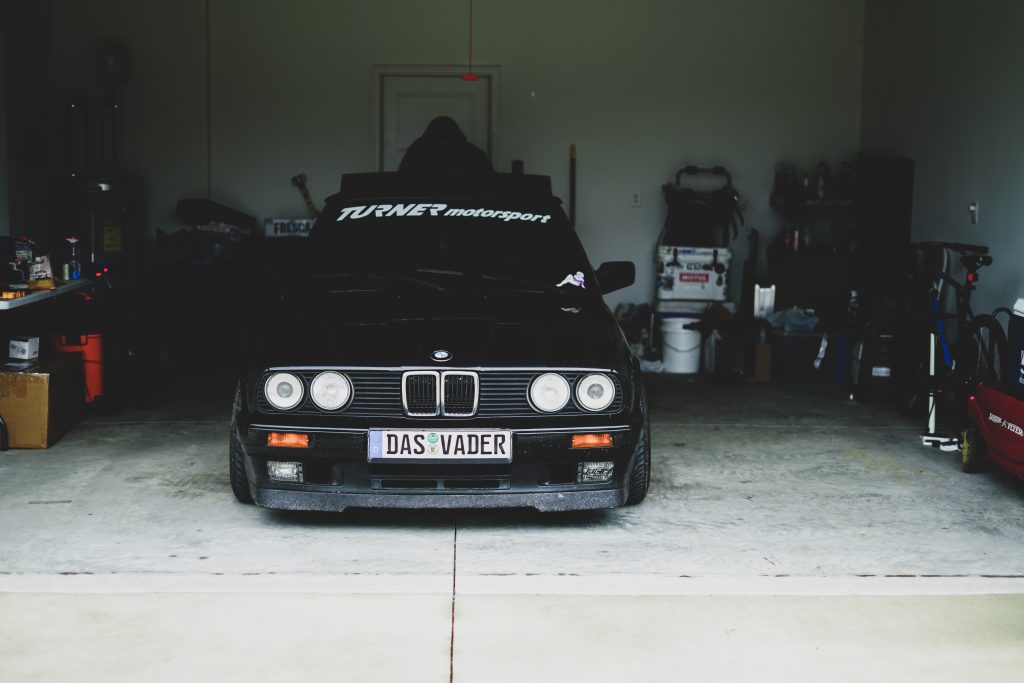
Bonus (unverified)
While many of the E30 family were fitted with Limited Slip Differentials from the factory, they could be added on at the dealership when buyers purchased the car. However, there are many unverified reports that instead of ordering a new LSD, dealers would often take an LSD from a factory-equipped car and put it in the customer’s specified E30 to save on costs. As such, it is always a good idea to check the differential tag on the right side of the diff cover to see the ’S’ designation even if it is a car that should have had the LSD from the factory.


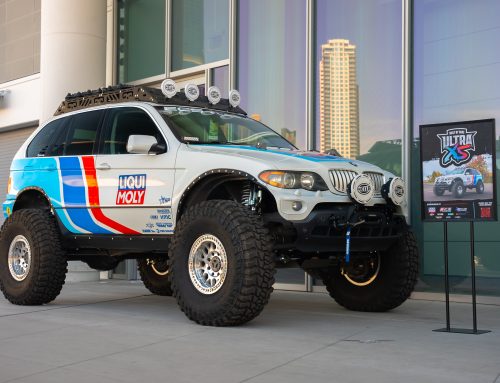



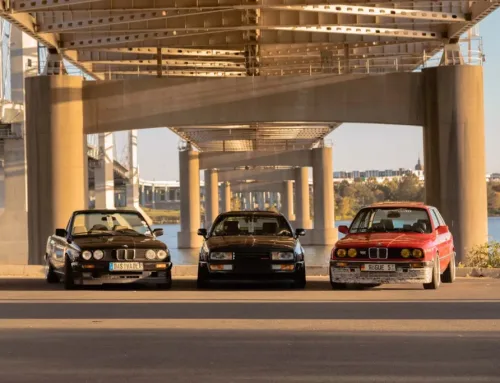
The M40 engines use timing belt instead of Timing Chain.